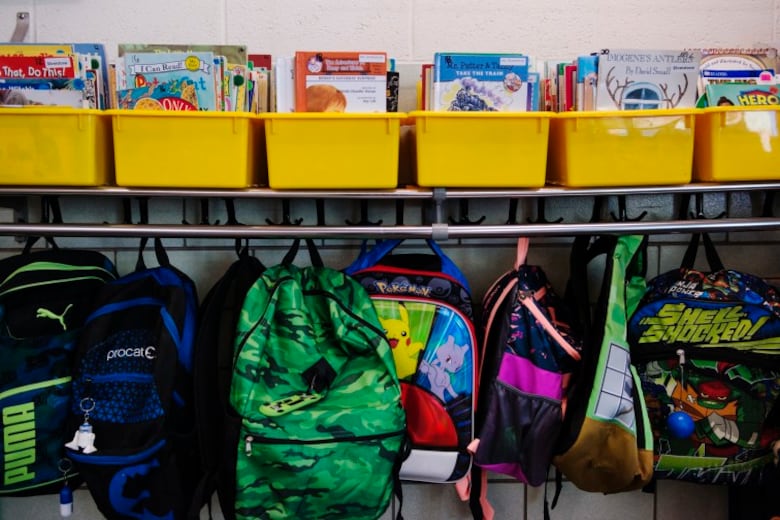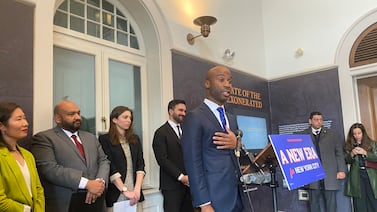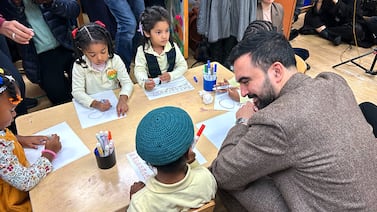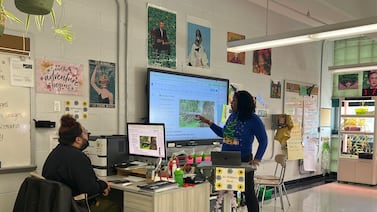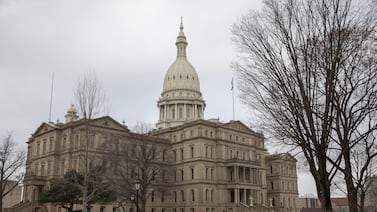With the new school year quickly approaching, school districts in Indiana have started releasing plans for reopening buildings amid the coronavirus pandemic.
Those plans vary across the state. While some districts, including Indianapolis Public Schools, will require all of its students and staff to wear masks and social distance, others aren’t laying down strict mandates.
Although Gov. Eric Holcomb previously said schools should be able to reopen safely, decisions on exactly how to do so have largely been left up to local districts, with guidance from their local health department.
Earlier this week, one Marion County district, Washington Township, announced it would start the year offering only virtual school, citing a lack of adequate direction from the state and safety concerns spurred by the rising number of COVID-19 cases statewide. Soon after, Wayne Township pushed back its start date.
There are still many logistical questions and concerns to be answered, including how schools will keep high-risk teachers safe, whether masks should be more broadly mandated, and more.
Chalkbeat wants to hear from parents, students, and school staff. Tell us your feedback, concerns, and lingering questions below.

